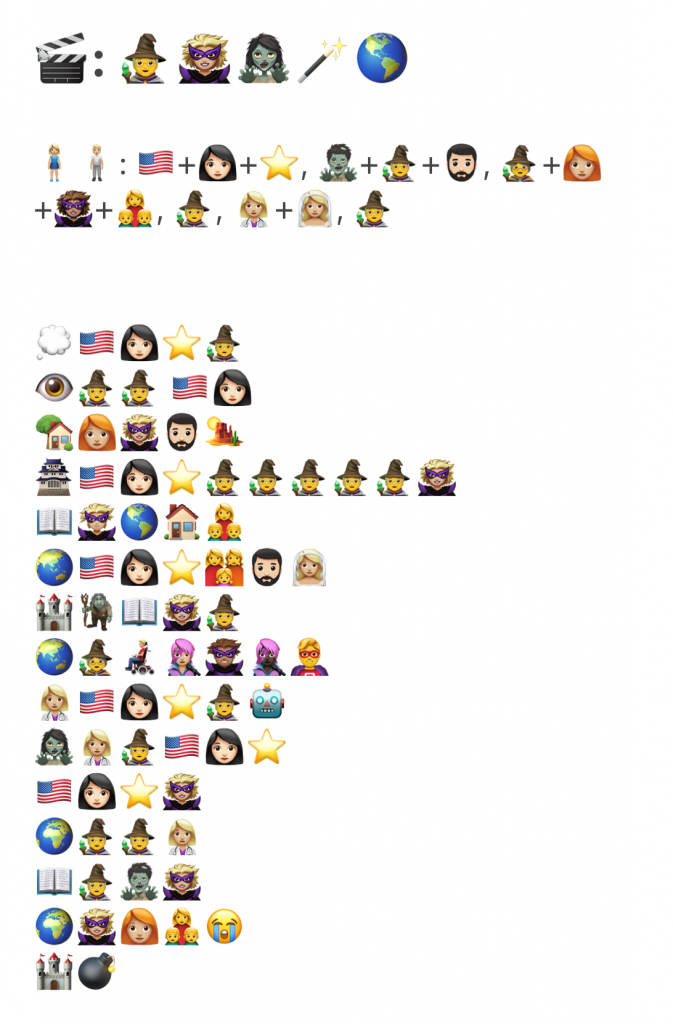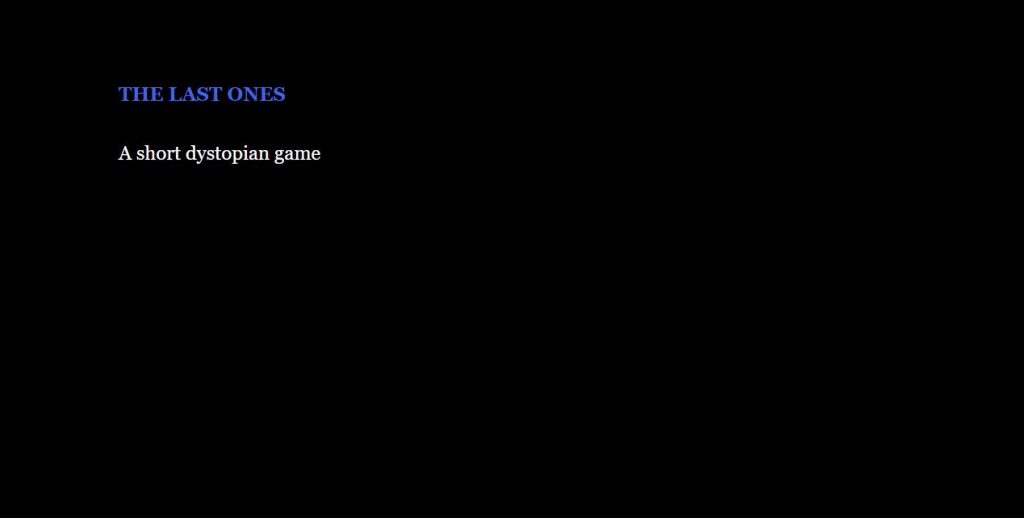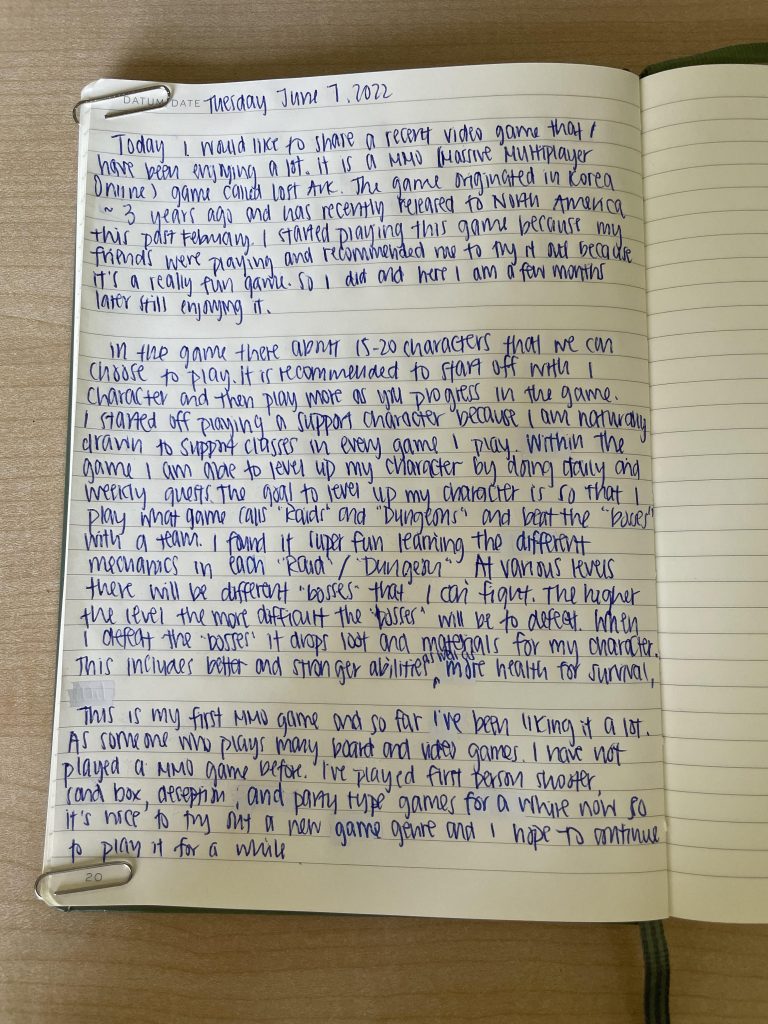
My unedited and unscripted story using Speechnotes:
“For this task I’m going to be sharing a story about a recent camping but I went on about a month ago I wanted to show you the story because I’ve been noticing the weather lately has been getting a lot warmer here in BC it’s been raining a lot for spring season and so yeah now that I’ve been noticing. Sun has been rising earlier in the sun has been setting later I am looking forward to a lot more outdoor activities in the next couple of months so yeah so like I said a month ago I went on a camping trip with a couple of my friends this was one of my friends very first camping trips she’s never been camping or so we decided to go together so that she gets to experience the Great Outdoors we went on a Ford 88 tripped the first day was set up. I’m actually it was not raining a little cloudy but it was dry which was great it’s that everything out we got our canopy we built our tent the only thing that ever smoothie except for one thing which was starting the fire unfortunately the firewood that we bought from was wet and so we had a lot of trouble getting the fire to start while we were able to ignite a flame none of the wood was actually catching on fire so that’s what is a while we had to get some dry to get that started but eventually after a couple of tries you’re able to get a fire going which was nice after the first night during the say it was sunny which was nice we were able to relax kind of enjoy the weather you know sit by the fire and essentially do nothing since at home we don’t know we’re always super busy either working or you know running errands and what not but if I am. Camping look doing very mundane tasks looking at the fire can be super super relaxing which is one of the reasons why I love to go camping yeah. Leaving site. Euron I was closed to a lake and sound the afternoon we all decided to walk to the lake and kind of just enjoy the weather in the nature and what it has to offer it was very nice you know just sitting by the calm waters you know watching some people play no swim in the waters yeah so after that I know the second day we was pretty relaxing the third day we woke up to quite a bit of rain it wasn’t raining a lot but it was just that I had a little bit of drizzle and so on this day we decided to stay in the tent and on the campsite for a bit we bought a couple of board games and so luckily we had a really big ten and we played a couple of board games like telestrations this game called super super fun the rain stopped afternoon so we were able to go outside at the fire again and make some lunch and dinner on the fourth day was pack up day so woke up a pack to every and we left and yeah and so overall we didn’t do too much but it was super nice getting the chance to relax and you know bring her friend for the first time to her first camping trip”
How does the text deviate from conventions of written English?
When looking at the raw text from my recording, I see that the text is very unorganized with many errors. Given that I was sharing my story on the spot I realized that I shared whatever content popped into my mind at the time. My text contains many punctual and grammatical errors where many sections of the text contains run-on or incomplete sentences along with some filler words. These errors may have been because I was speaking too fast with very few pauses, and so the digital tool was unable to catch certain words or wrote incorrect words resulting in many grammatical and punctual errors. This is something to keep in mind when using these features, as computers may not be able to pick up the language as quickly as a person would if we told the story to a friend rather than a computer. I also recognize that even if English is not my native language, I grew up speaking it everyday and so if I were to communicate with someone whose English is difficult for them, I need to slow down and pace myself to help communicate to them better. Lastly, in terms of spelling and punctuation, I noticed many words were spelt incorrectly, possibly because I did not annunciate the word clearly or because I spoke too quickly.
What is “wrong” in the text? What is “right”? What are the most common “mistakes” in the text and why do you consider them “mistakes”?
Some aspects that are “wrong” with the text is the use of slang and incorrect use of homophone words. While slang is commonly used in oral language, it is not as common in written form and is only used in specific writing genres. Another key difference between written and oral communication especially in the English language is the different homophones and homographs. While I did not notice this mistake in my text, in the past through my other experiences with the voice to text feature is that sometimes the application would use the incorrect versions of certain homophone words (e.g. “bored” versus “board”). While in the written text itself the word is considered “wrong”, it is not necessary something we can blame the voice to text application for as it requires context of the story which only the storyteller or reader can be aware of.
What if you had “scripted” the story? What difference might that have made?
If I had scripted the story then the text would be much more organized. The paragraph would have much more structure, a little less repetition, as well as filler words which would make it easier to read and follow along. At times when I was thinking on the spot and talking about whatever popped into my head, I talked too fast and the voice to text application was unable to pick up some of the words I said which resulted in many incomplete sentences. Further, given that for this task I was asked to speak an unprompted story, reading back my text I realize there was lots of repeated content. If my story were scripted, it would contain much more detail and less repetition as I would organize what I would like to share in my story beforehand.
In what ways does oral storytelling differ from written storytelling?
In oral storytelling, the story is not communicated only through words, but also through facial expressions, tone, and mood. Through my experiences I find that oral storytelling in a way is more direct and easier to follow. The storyteller will share very specific details of the story as well as the specific tone and mood that they want the readers to hear and understand. Written storytelling on the other hand, provides more room for imagination. Ong’s (2002) article mentions that “without writing, human consciousness cannot achieve its fuller potentials, cannot produce other beautiful and powerful creations” (Ong, 2002, p. 24). In written language, in order for the author to share the story through their eyes, much more detail needs to be included as facial expressions, tone, and mood are not as obvious for the reader to interpret. Through this method this also allows much more room for the readers to imagine and interpret the story in their own way. As someone who loves reading, while I always try to picture in my mind what the author is describing in the plot, I tend to always create my own narrative and image of the character and setting descriptions in my head through my imagination and personal experiences.
References:
Ong, W. J. (2002). The orality of language. In Orality and Literacy (pp. 5-10). Routledge. https://doi.org/10.4324/9780203426258




